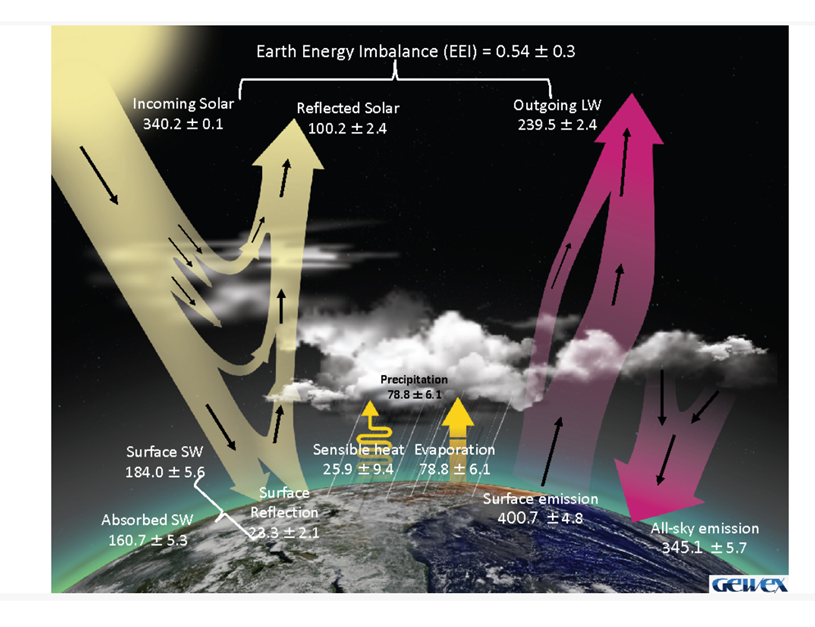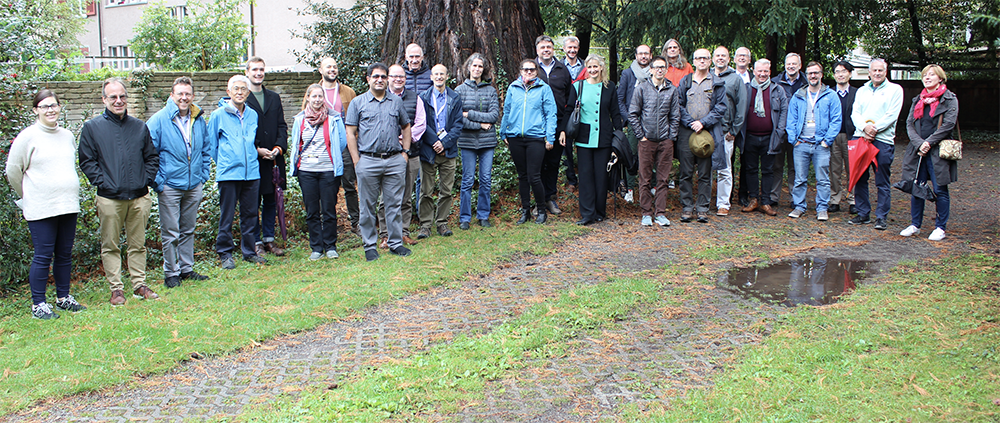Unknown to many, Space and Earth scientists worldwide dedicate substantial efforts to monitoring the Earth’s climate in order to track changes to our planet, to understand changes to extremes, and the dangers of climate change.
Last week, the International Space Science Institute (ISSI) in Bern hosted a Workshop with scientists from Europe, North America and Japan to assess the current state of knowledge with respect to the monitoring of water cycle changes from satellites. Remy Roca, director of research with the French CNRS and one of the Workshop conveners, explains, “A vivid, truly international, scientific community is fully at work to build and sustain the needed space borne satellites for consolidating the scientific rationale underpinning climate change.“ Sonia Seneviratne, Professor at ETH Zurich and coordinating lead author in the last assessment report of the Intergovernmental Panel on Climate Change (IPCC), further emphasizes, “Satellite data products are an essential support to monitor the water cycle changes induced by greenhouse gas emissions.“

The global water and energy budget of the Earth of the early 21st century. Units Wm-2. The number in parenthesis are the uncertainty in the flux estimate. Also in Wm-2. (Figure Credit: Stephens et al., 2022, in revision with BAMS)
Monitoring the Earth’s water cycle is essential for understanding and predicting extreme changes that are occurring, as was illustrated by the extreme drought that affected Europe this summer and the recent devastating floods in Pakistan. “Viewing Earth from space allows us to see how Earth behaves as a whole and sustaining measurements of water and energy, done jointly, is essential for understanding how Earth’s fresh water is changing,” says Graeme Stephens, Director of the Center for Climate Sciences at JPL and principal investigator of the NASA CloudSat Mission.
Topics addressed during the Workshop include: estimates of the water and energy fluxes on Earth, global-scale changes in droughts and heavy precipitation, changes in the Earth energy imbalance and ocean heat storage, and changes in the surface temperature in response to the changing water energy fluxes.

Participants of the Workshop
The participants discussed ways to constrain climate model projections to better prepare for increasing climate change-related dire impacts. “Satellites are instrumental tools to observe the current changes in the water and energy fluxes on Earth and thus are at the core of our effort to improve our understanding of climate change,” says Benoit Meyssignac, researcher at the French space agency CNES and lead author of the IPCC special report on ocean and cryosphere.
The Workshop showed that the science community is now providing consistent satellite estimates of the global water and energy fluxes of planet Earth from the surface of the ocean to the top of the atmosphere over the last two decades. This observational basis serves as a reference to better understand the subtle balances at stake among the Earth’s water and energy fluxes in the current climate. The challenge of the next decade for scientists will be to detect, monitor and understand how climate change modifies these balances and the consequences for society. “Only with a sound and quantitative understanding of the energy and water fluxes on Earth will we be able to support decision makers on how to best protect the climate and environment of our planet,“ says Michael Rast, Director Earth Sciences at ISSI. “The giant hurricane which hit the Southern US last week and had millions watching meteorological satellite images loops, once again served to illustrate what is at stake and the Earth Observing community are taking action to ensure a safe future for our planet.”
